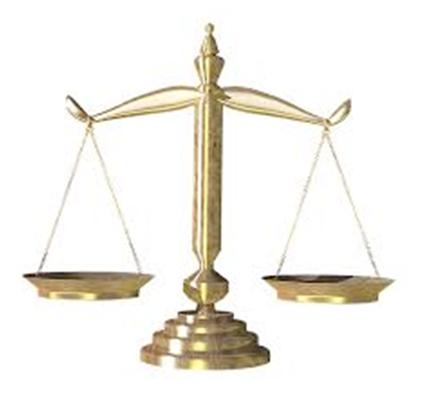 Futility Closet presented a nifty method of solving the “counterfeit coin in 12 coins” problem in a way I had not seen before by mapping the problem into numbers in base 3. It wasn’t immediately clear to me how their solution worked, so I decided to write up my own explanation.
Futility Closet presented a nifty method of solving the “counterfeit coin in 12 coins” problem in a way I had not seen before by mapping the problem into numbers in base 3. It wasn’t immediately clear to me how their solution worked, so I decided to write up my own explanation.
Futility Closet: “You have 12 coins that appear identical. Eleven have the same weight, but one is either heavier or lighter than the others. How can you identify it, and determine whether it’s heavy or light, in just three weighings in a balance scale? This is a classic puzzle, but in 1992 Washington State University mathematician Calvin T. Long found a solution ‘that appears little short of magic.’ ”

 The following is a famous problem of Bachet as recounted by Heinrich Dörrie in his book 100 Great Problems of Elementary Mathematics:
The following is a famous problem of Bachet as recounted by Heinrich Dörrie in his book 100 Great Problems of Elementary Mathematics: